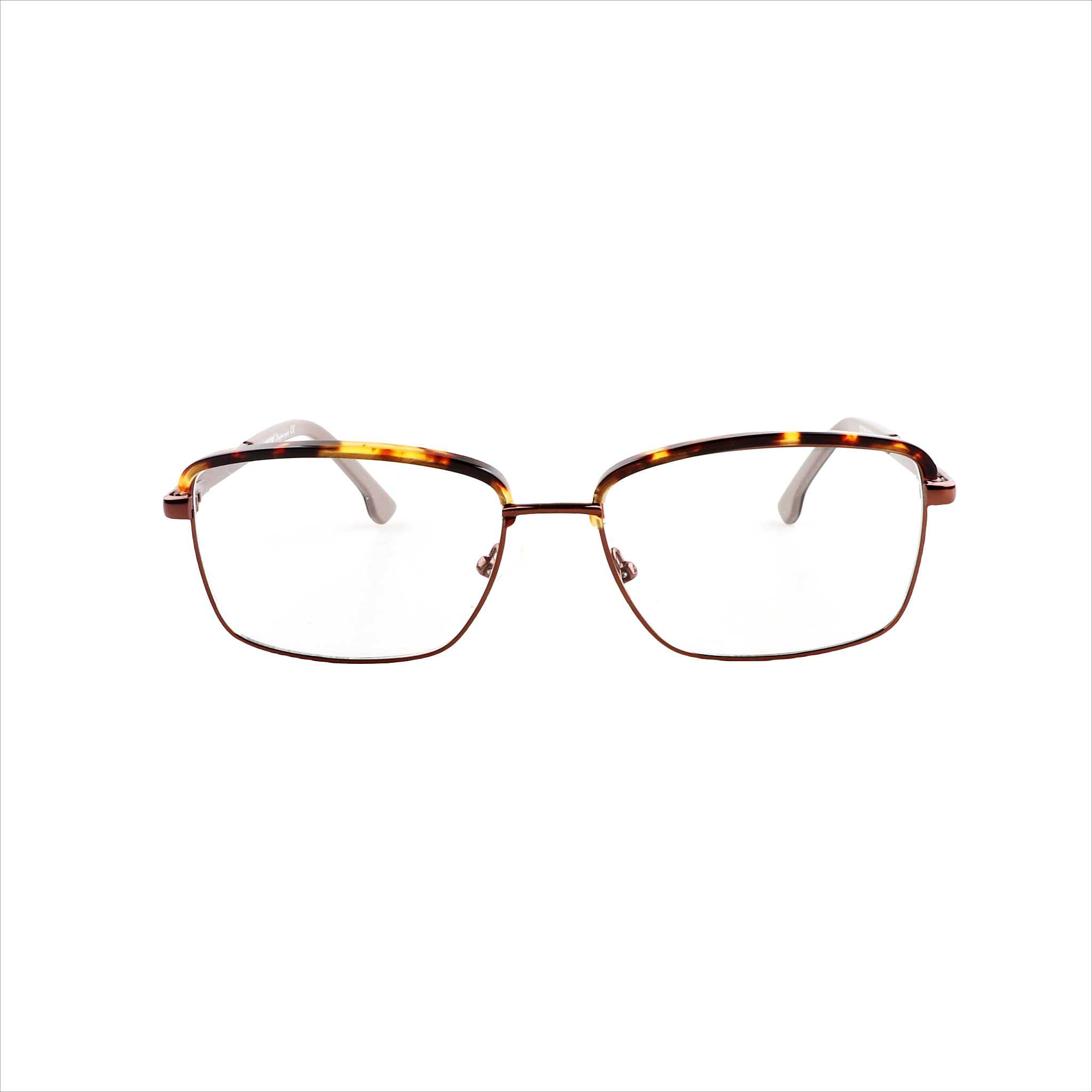Here’s a list of 101 fascinating eye facts to pique your curiosity about this incredible organ:
- Eyes are thought to have developed in a basic form around 550 million years ago.
- We actually "see" with our brains; eyes capture light and send data to the brain.
- The images we see are upside down—our brain flips them right-side up.
- We can blink up to five times per second.
- You blink more often while talking.
- The eye is the body’s fastest muscle—hence the phrase "in the blink of an eye."
- A blink takes about 100-150 milliseconds.
- The eye can function at 100% instantly, needing no rest.
- Red-eye in photos occurs from light reflecting off capillaries.
- The human eye would have 576 megapixels if it were a camera.
- We blink approximately 4.2 million times annually.
- Two eyes help us perceive depth by comparing two images.
- Eyes heal quickly; minor corneal scratches can heal in 48 hours.
- Brown is the most common eye color globally.
- The first blue-eyed person may have lived 6,000-10,000 years ago.
- Recessive traits like blue and green eyes can reappear across generations.
- All blue-eyed people share a common ancestor.
- Sight tests can detect health conditions like diabetes and high blood pressure.
- Diabetes is a leading cause of blindness in adults.
- Tight neckties may raise glaucoma risk in men.
- Under ideal conditions, humans can see a candle flame from 14 miles away.
- Heterochromia is the condition of having two different eye colors.
- A contact lens cannot get lost behind the eye.
- Eyes begin to develop only two weeks after conception.
- Unlike other body parts, our eyes remain the same size from birth.
- Babies are color-blind at birth.
- Color blindness is more common in males.
- Newborns cry without tears until they are around six weeks old.
- Newborns see objects 8-15 inches away most clearly.
- Tear production decreases as we age.
- Blind people who were not born blind may still dream visually.
- 80% of our memories are influenced by what we see.
- Some cells in the eyes remain from birth to death.
- Eyelashes typically last about five months.
- The eyelashes shed in a lifetime measure roughly 98 feet.
- Eyelashes help keep out dirt and debris.
- Harmless microscopic mites live in our eyelashes.
- Eyebrows prevent sweat from dripping into our eyes.
- The space between your eyebrows is called the glabella.
- Sneezing with your eyes open is impossible.
- One of the most common cosmetic injuries is a mascara wand poking the eye.
- Our eyes close automatically in response to potential dangers.
- Nearly half of the brain is involved in vision and seeing.
- People read 25% slower on screens than on paper.
- Staring at screens makes us blink less, leading to eye strain.
- 94% of visible premature aging around the eyes is caused by UV exposure.
- Dim lighting doesn’t damage eyes but can make them feel tired.
- Dogs cannot distinguish between red and green.
- An ostrich’s eye is bigger than its brain.
- Shark corneas are so similar to humans that they’re used in eye surgery.
- Scorpions can have up to 12 eyes, and box jellyfish have 24!
- Camel eyelashes can reach 10 cm to shield eyes from desert sand.
- Camels have three eyelids to protect against sand.
- Bees have five eyes.
- Chameleon eyes move independently, allowing them to see in two directions.
- Geckos see colors 350 times better than humans, even in dim light.
- The cornea is the only tissue without blood vessels.
- Dolphins sleep with one eye open.
- The colossal squid has the largest eye, about 27 cm across.
- Snakes have two sets of eyes: one for vision, another for heat detection.
- Dragonflies have 30,000 lenses in their eyes for motion detection.
- The four-eyed fish can see above and below water simultaneously.
- Snakes lack eyelids; a thin membrane protects their eyes.
- Goats have rectangular pupils for a wide field of vision.
- Owls are the only birds able to see the color blue.
- Most hamsters blink one eye at a time.
- Guinea pigs are born with open eyes.
- Worms have no eyes at all.
- An owl can spot a moving mouse from over 150 feet away.
- Scallops have around 100 eyes along the edge of their shells.
- Owls cannot move their eyes, which is why they turn their heads.
- Ommatophobia is the fear of eyes.
- Eye muscles are 100 times stronger than necessary for their function.
- Eyes are the second most complex organ after the brain.
- Only one-sixth of the eyeball is visible.
- Eyes process around 36,000 pieces of information per hour.
- In a lifetime, your eyes will see about 24 million different images.
- Human eyes perceive only three colors: red, blue, and green.
- The human eye can distinguish 500 shades of gray.
- The cornea covers and protects the iris and pupil.
- The eye has small blind spots where the optic nerve passes through the retina.
- Smoking can reduce night vision.
- Eyes are housed in a bony socket for protection.
- About 80% of vision impairment is curable.
- Eyes have over two million working parts.
- The average human eyeball weighs around 28 grams.
- Eye muscles are the most active muscles in the body.
- Eye transplants are impossible due to the optic nerve’s sensitivity.
- Most people have a slightly stronger eye.
- Behind the pupil is the lens, which is thicker toward the middle.
- The iris has 256 unique characteristics, far more than fingerprints.
- The 20-20-20 rule suggests looking 20 feet away for 20 seconds every 20 minutes.
- Astigmatism is a curvature of the cornea or lens.
- Watery eyes can be a sign of dry-eye syndrome.
- Eating oily fish, vitamin A, and vitamin C can help preserve eyesight.
- Though tears cleanse, the reason we cry emotionally is still unclear.
- Albinism affects melanin, often leading to light sensitivity.
- Tears drain into nasal passages, causing a runny nose when crying.
- Mayans believed cross-eyes were attractive and encouraged it in children.
- Pirates wore gold earrings, thinking it improved eyesight.
- The phrase “it’s all fun and games until someone loses an eye” originates from Ancient Rome, where the only rule in their brutal wrestling matches was “no eye-gouging.”
Our eyes are remarkable organs, allowing us to interpret and engage with the world in ways we often take for granted. This complex sensory system requires attentive care to maintain its incredible capabilities. At Lenstore, we offer a diverse selection of premium eye care products designed to support and enhance eye health, including advanced eye drops, precision-crafted contact lens solutions, and essential accessories. Discover our expertly curated range to ensure your eyes remain as extraordinary as they are resilient, helping you enjoy clear, comfortable vision every day.











